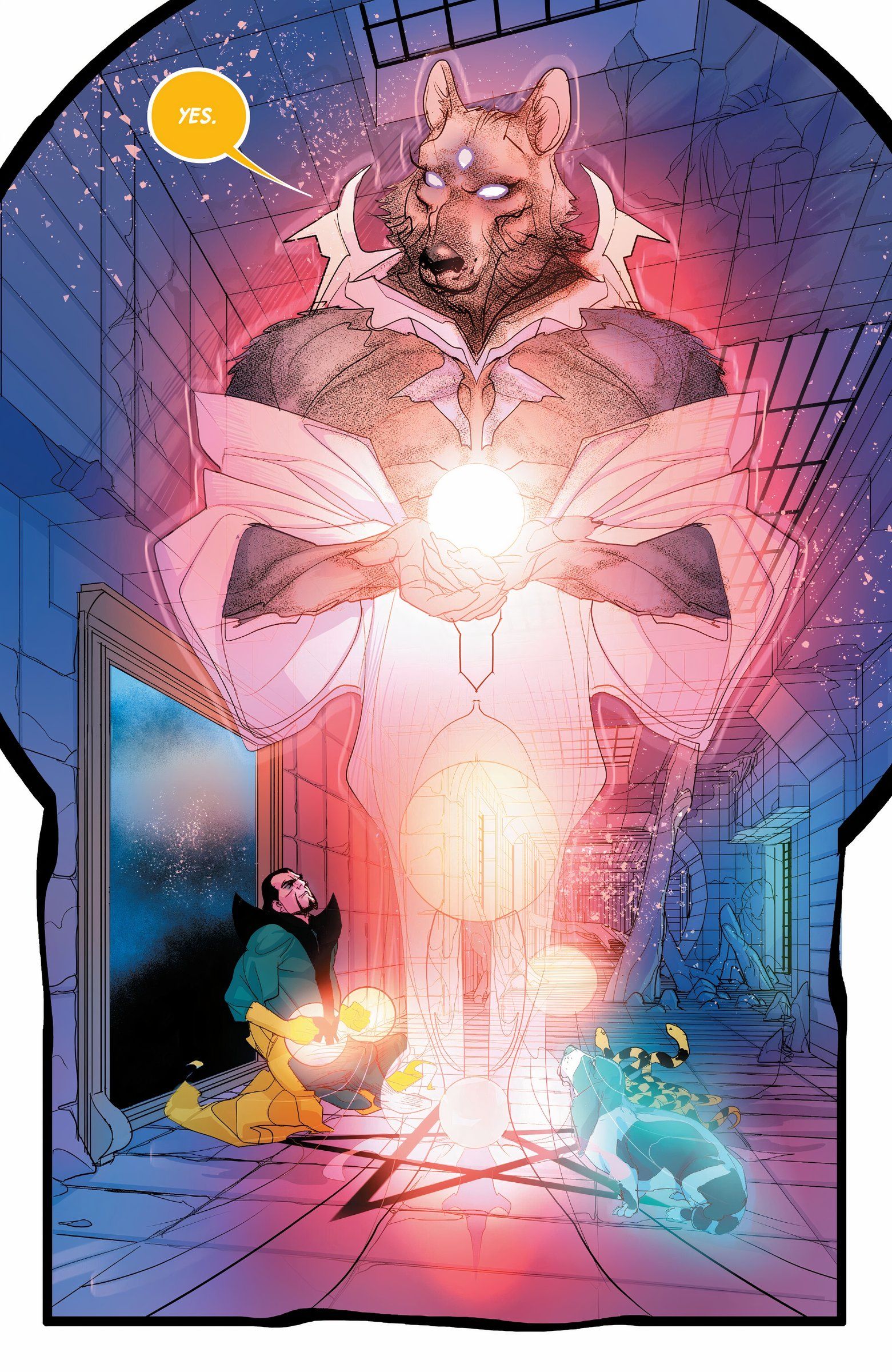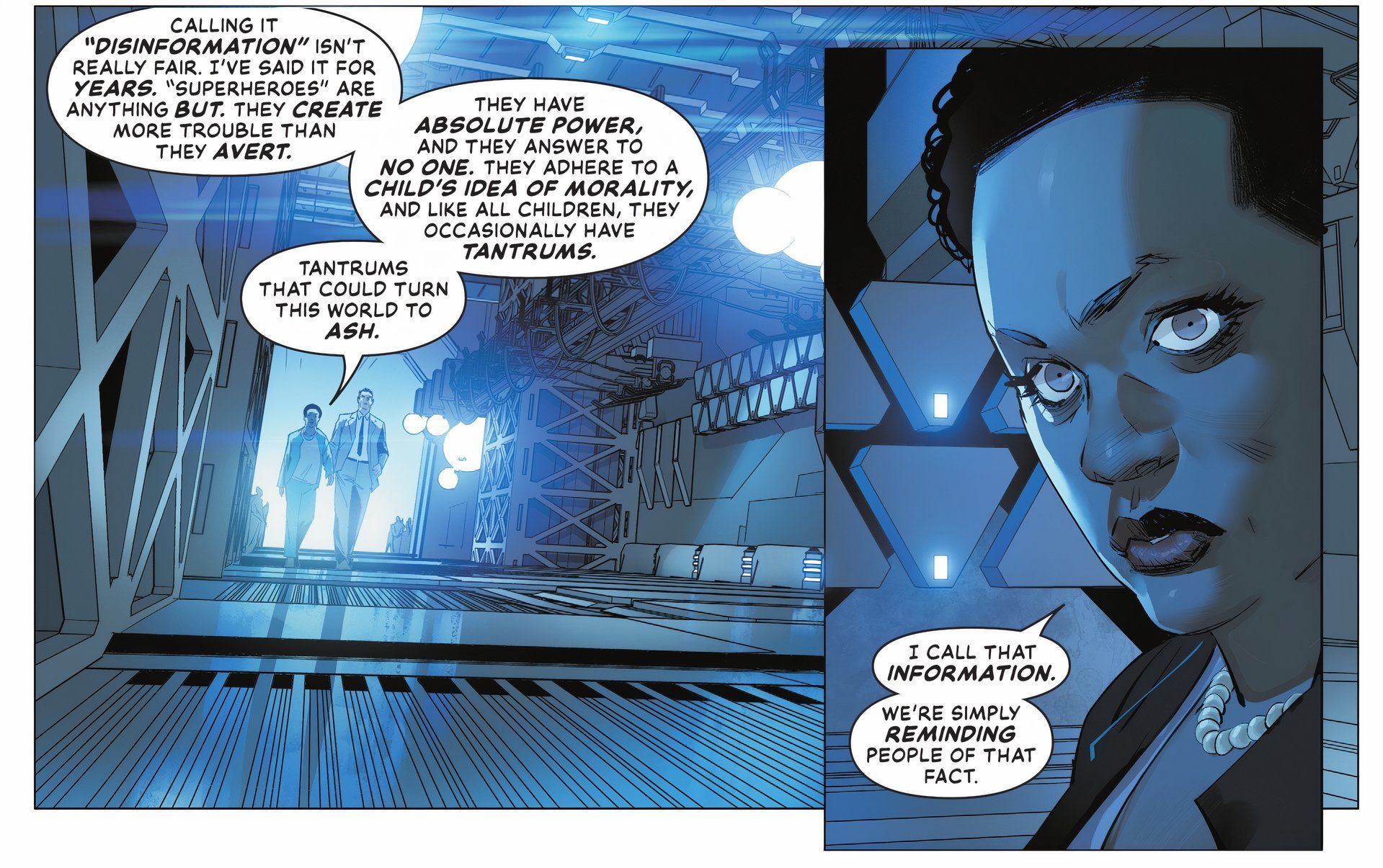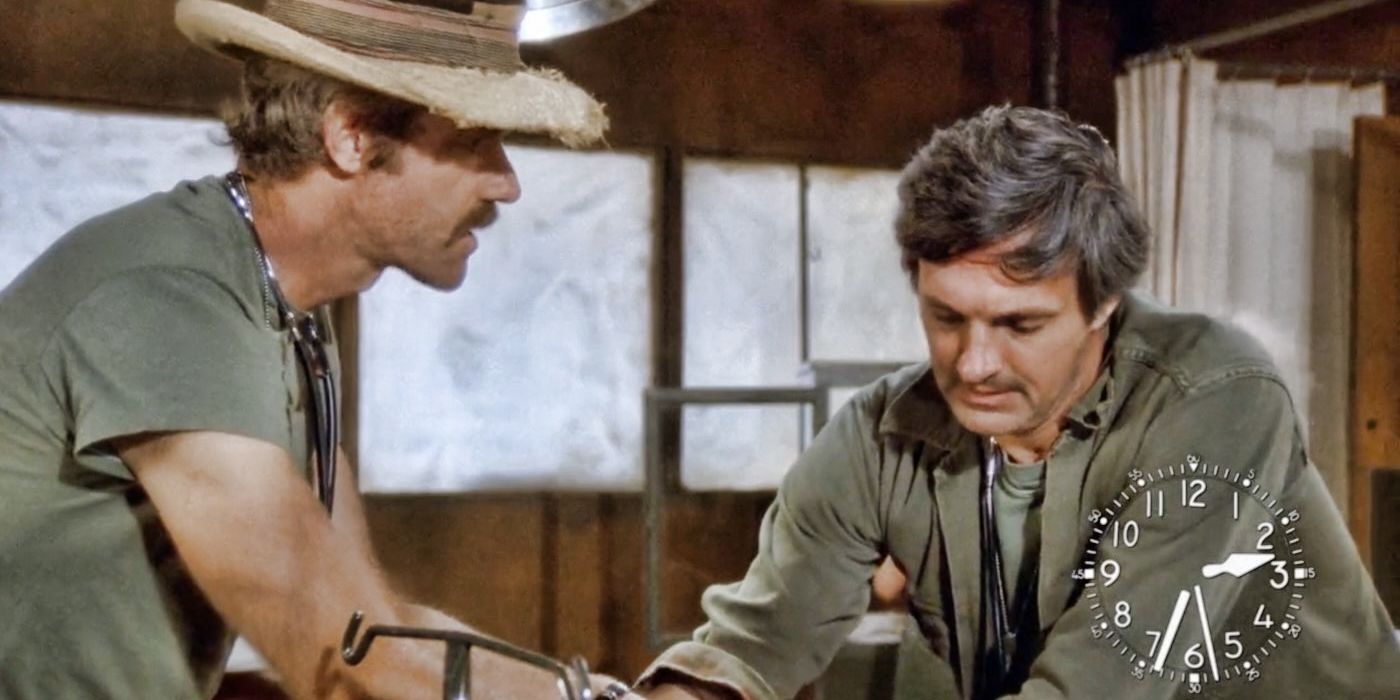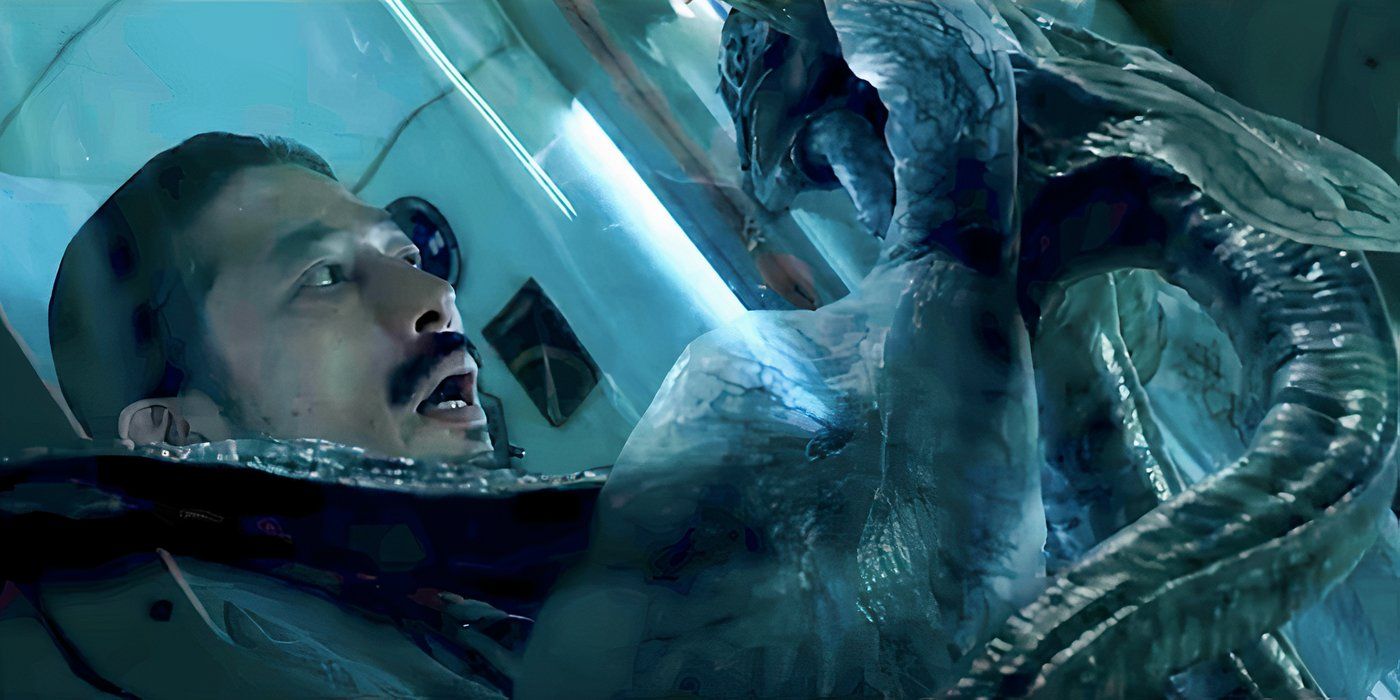Time travel has always been a popular theme in video games. Last year’s The Game Awards winner was the time-loop game Deathloop. One of the most anticipated games is a remake of the seminal time travel classic The Prince of Persia: Sands of Time. That game has unfortunately been delayed indefinitely, but time travel remains popular in gaming.
From time loops to time travel, there have been plenty of games to use temporal themes. This can be in simple level themes or take the basis for the game’s story and some games even allow time to factor into the game mechanics. All the best games that feature time in major ways have been ranked by the review aggregator Metacritic.
Fire Emblem Awakening (2013) – 92
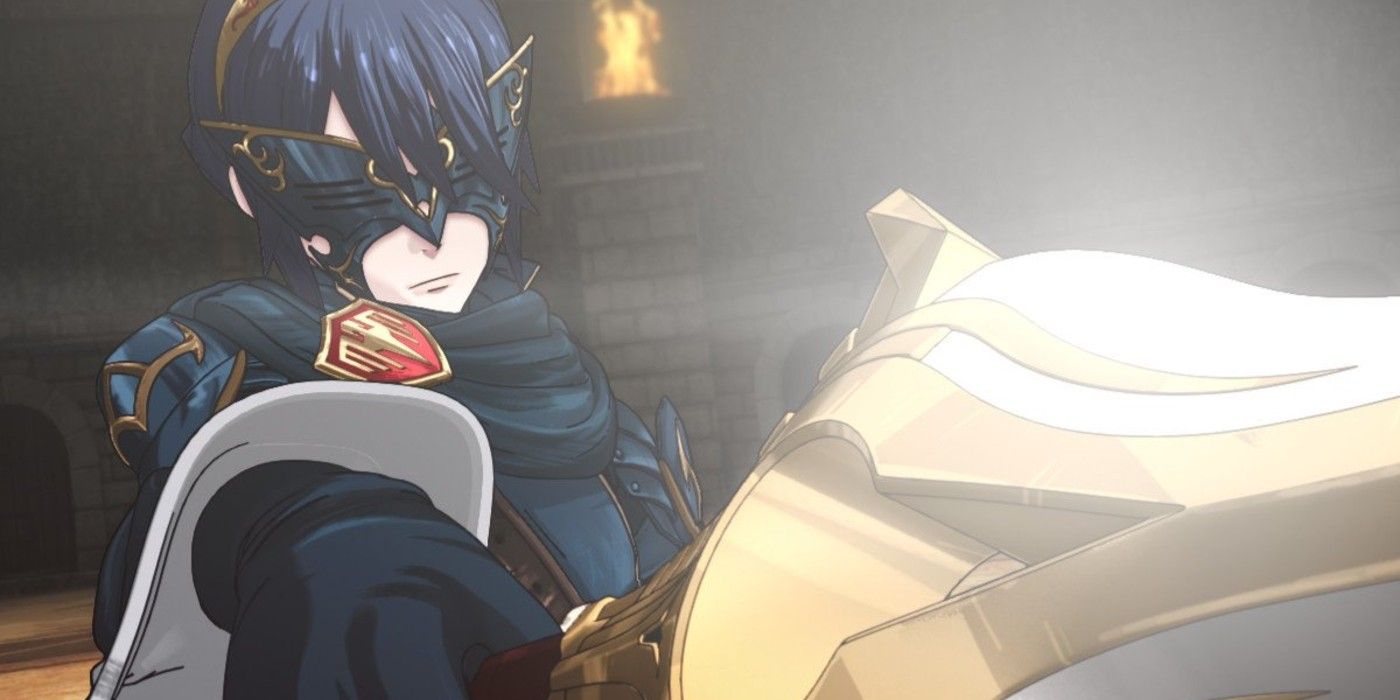
Fire Emblem Awakening was the breakout success of Fire Emblem. The game was a massive hit with critics and fans alike and blew up the series in popularity. Part of this was the unique way it utilized time travel. The game’s narrative originally seemed straightforward until Lucina, male lead Chrom’s child from the future, arrived in the present.
The game’s permadeath-based strategy system was as fun as ever however, time travel was actually used to get new units rather than save old ones. Depending on which characters in your army spent time together, players would get different stats for that couple’s child from the future. This allowed players to create relationships among their party members with few canon restrictions.
Prince of Persia: The Sands of Time (2003) – 92
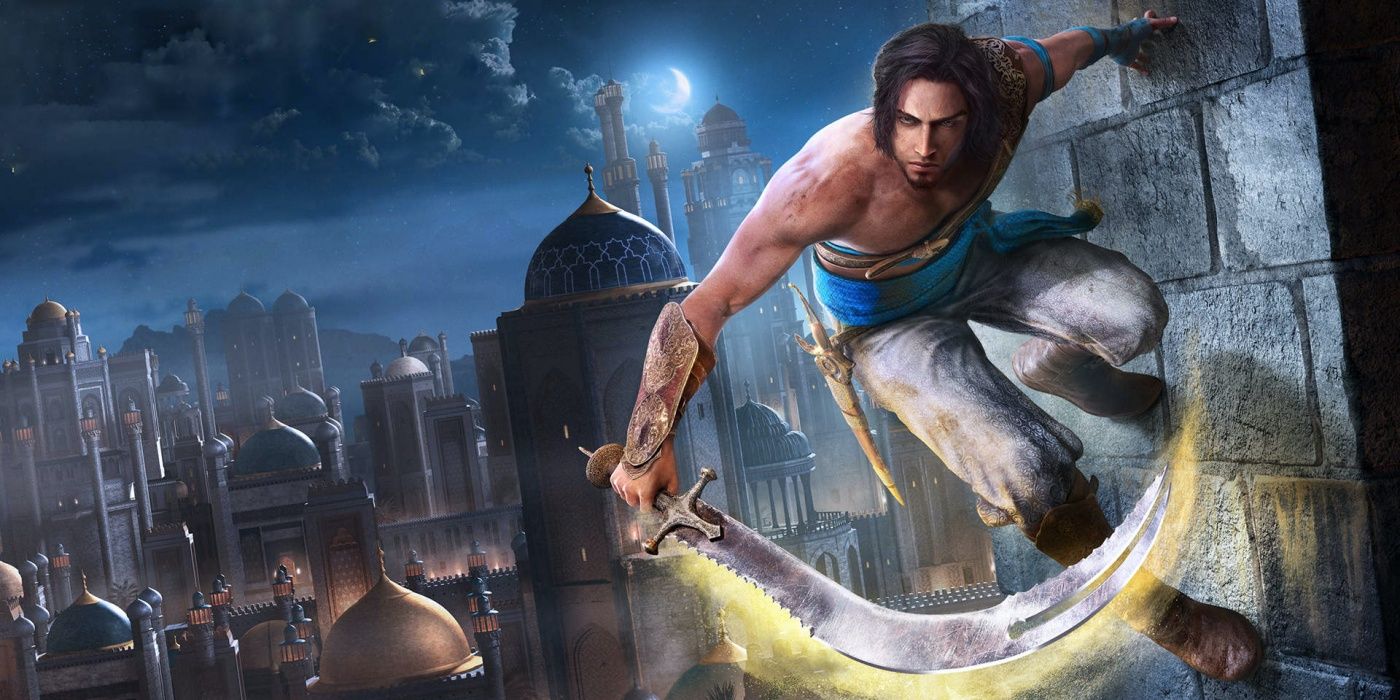
Recently, there was an HD remake announced for The Prince of Persia: The Sands of Time but unfortunately, that project has now been indefinitely delayed, which makes sense with the game’s time theme. The game allowed for novel manipulation of time through its mechanics. The titular prince uses an artifact called the Dagger of Time to rewind time and fix mistakes.
The Prince can also use the dagger to fight and freeze enemies in time. The enemies themselves are also temporal, being summoned by the titular Sands of Time. Aside from the time-based mechanics, the game incentivized parkour-based platforming in a big city, and the mechanics in this game would later inspire the similar Assassin Creed game series.
Sonic CD (2011) – 93
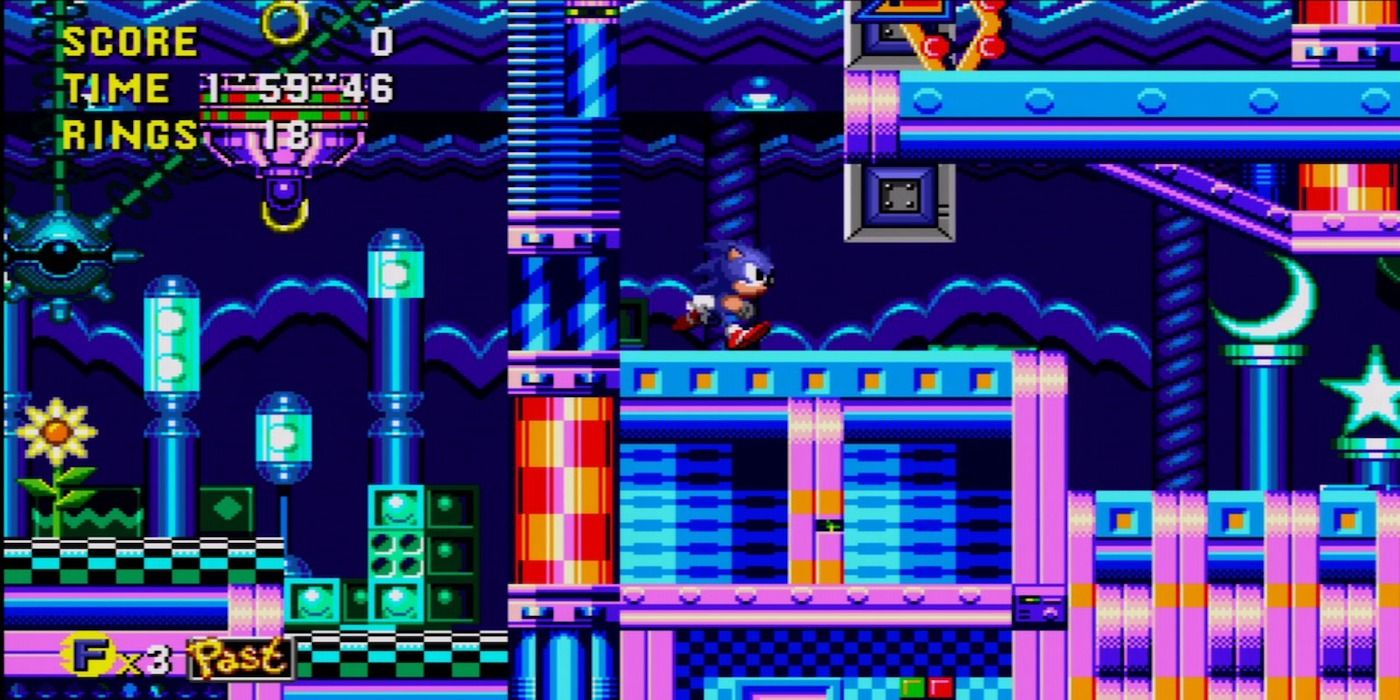
Back in the 90s, there were two attempts to make the sequel to Sonic the Hedgehog. In the end, one became Sonic the Hedgehog 2 and the other became Sonic CD. Sonic CD has always been an oddball among the classic Sonics, with its best version being its iOS port, strangely. Part of that strangeness is due to the game’s focus on time travel mechanics.
All of the levels feature four distinct time periods to explore. There’s the past, the present, a bad future, and a good future; by running past time travel signs as fast as possible, Sonic can access these areas and even change the future from bad to good. Sonic will feature more time travel in the future, but this game is where it hit the peak for many fans.
God of War II (2007) – 93
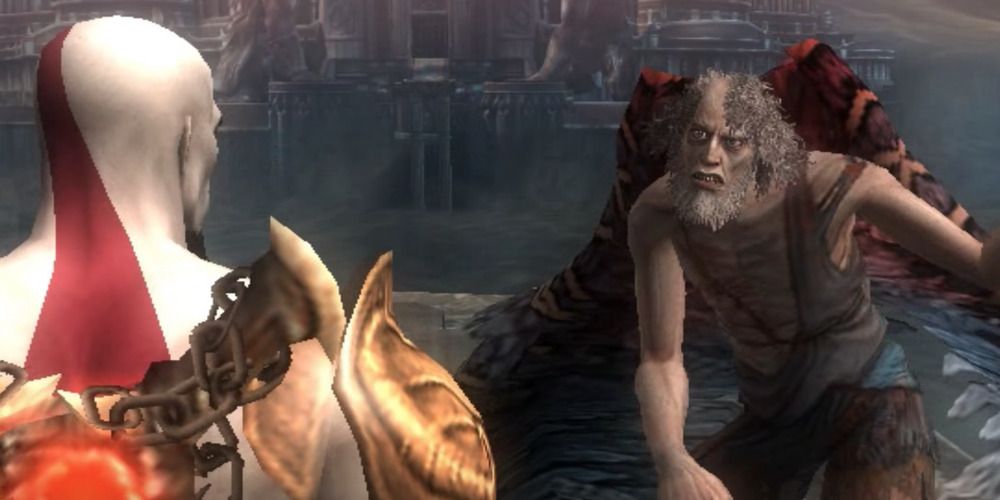
Eventually, Kratos would defeat Zeus, but players facing Zeus at the beginning of God of War II were perhaps skeptical of the spartan’s chances. Zeus completely smites Kratos where he stands, and the rest of the game is a trek through time to avert his death. Kratos would eventually come into conflict with the Fates and the god of time themselves to save himself in this sequel.
Using the Loom of Fate is less of a gameplay function and more of a story one. This allows Kratos to journey to many exciting locales over the game. This includes Zeus’ famous war with the titans millennia before Kratos was born. There are a few puzzles with timed themes, but this time travel adventure is more just a trip throughout Greek mytho-history.
Day of the Tentacle (1993) – 93
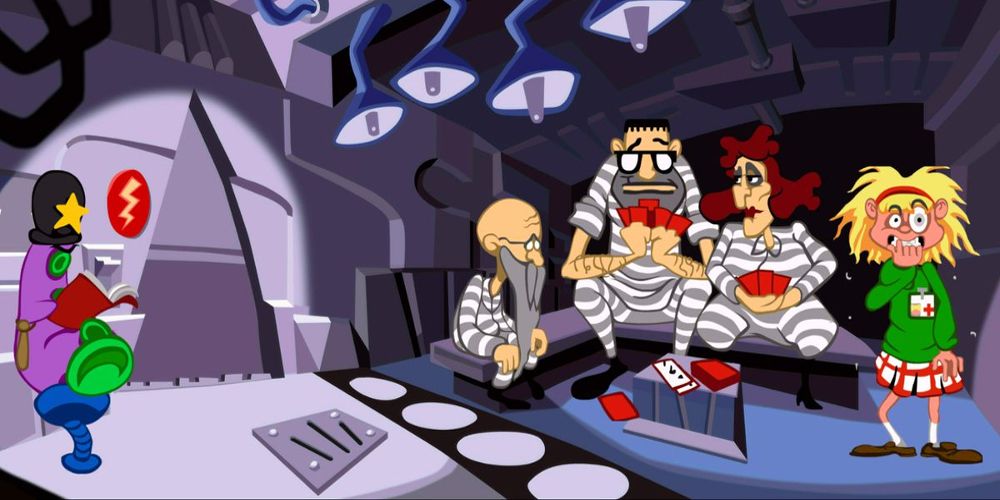
Day of the Tentacle is a classic LucasArts adventure game from the 90s. It’s the sequel to Maniac Mansion but has a much different setup than that game. Rather than a large group of selectable teens, the player controls three specific teens. Each of these characters is trapped in a different period of history.
Of the three protagonists, only the returning Bernard remains in the present; Hoagie and Lavern are sent 200 years into the past and present respectively. However, the protagonist can switch between them at any time, leading to a lot of interesting puzzles regarding causality. The game received high praise for its puzzles and sense of humor.
Braid (2008) – 93
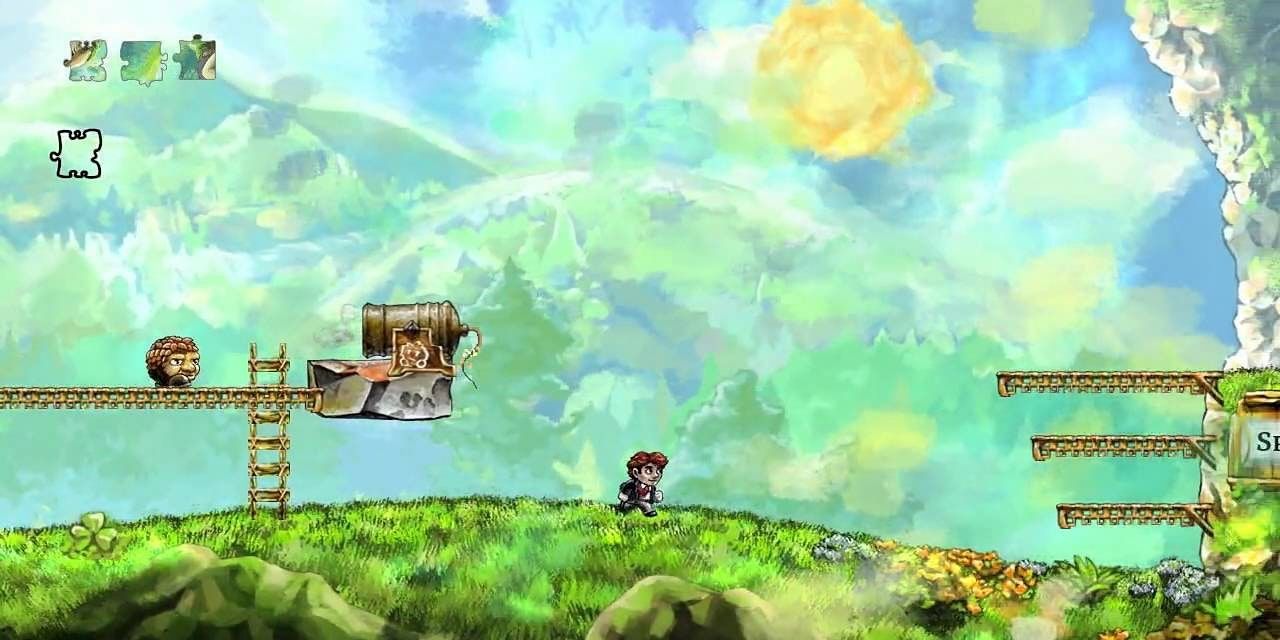
Braid was one of the earliest indie darling video games. There’s lots of discussion about the themes of Braid and what it really means. One thing that’s a lot less up for debate is Braid’s central mechanic. The protagonist, Tim, can rewind time to undo his mistakes, however, the temporal shenanigans don’t simply end there.
Future levels introduce more temporal mechanics like objects that aren’t affected by time travel. Another level introduced a clone that spawns when time travel is activated and the ending famously reverses the entire game to change its plot. This simple application of time travel was enough for critics to call Braid one of the best games of all time.
Chrono Series (1995 and 2000) – 94
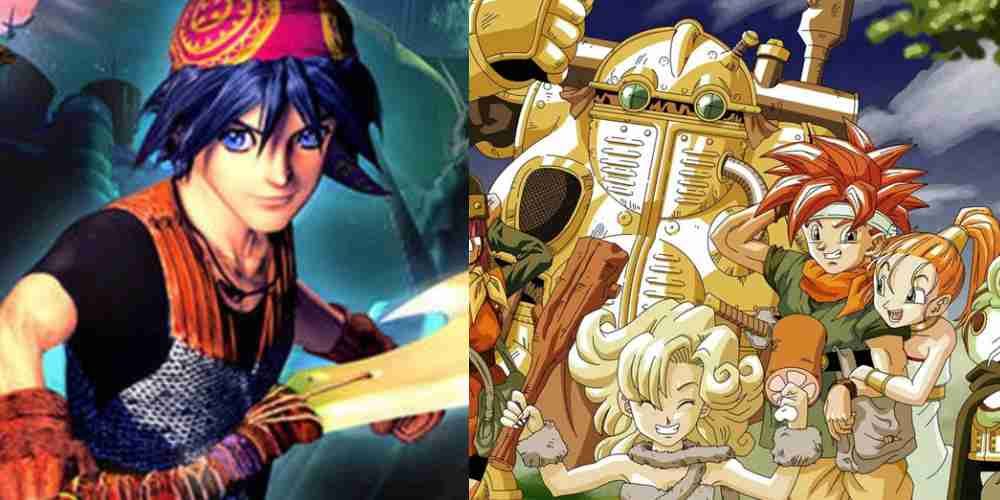
The Chrono series are tied extremely closely to time travel. The two RPGs are very different from each other, but given their shared focus on time, they’re best discussed together. Chrono Cross ranked higher on Metacritic but doesn’t actually feature time travel. While it is an incredibly ambitious Playstation 1 game, it actually mainly deals with alternate universes instead.
The original Chrono Trigger features the time travel theme more freely. Characters can freely travel between eras and discover new facts about the world’s history; however, both games are united in the end goal of stopping an apocalyptic force. Both of these classics are available on modern platforms, ensuring their legacies live on.
Bioshock Infinite (2013) – 94
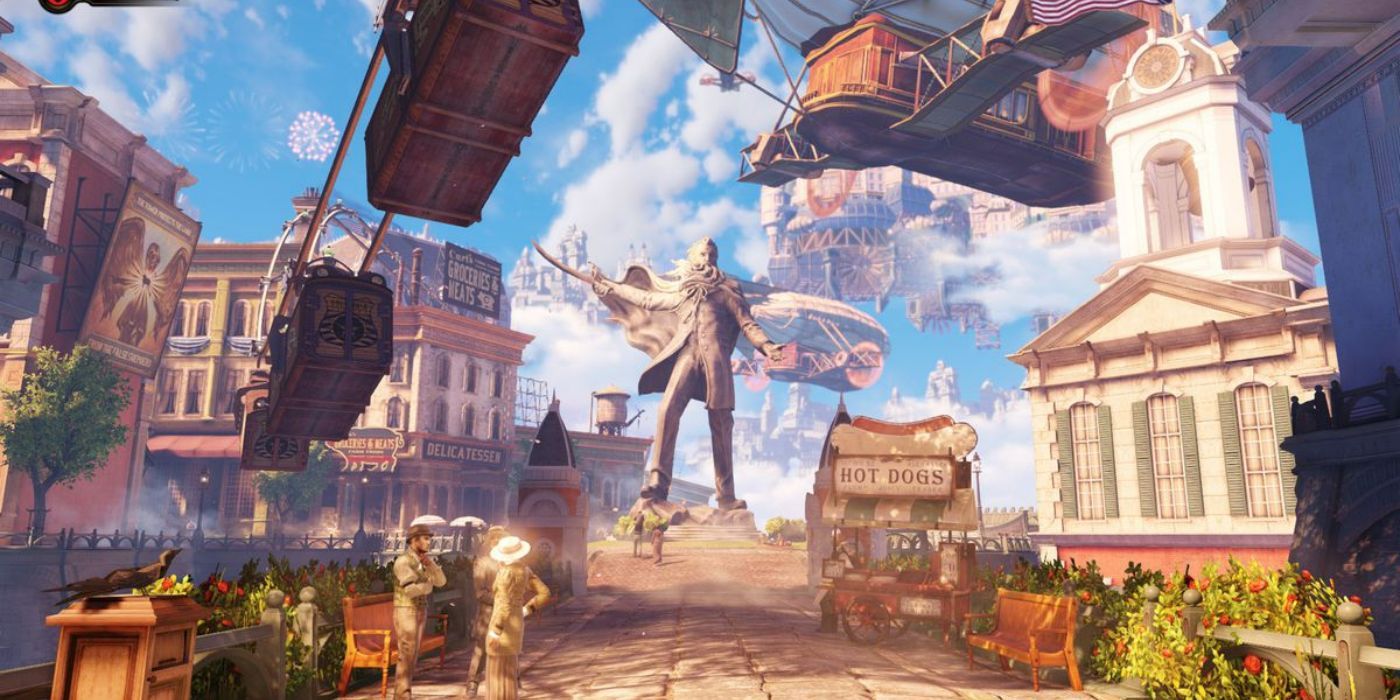
Bioshock Infinite is one of the most ambitious games of the Tens. It was juggling a lot of heavy philosophical and philosophical themes alongside tackling time travel. In it, the main female lead, Elizabeth, can manipulate the space-time continuum to her will.
This manipulation can take the form of simple teleportation to more complex time travel. Alternate universes are also explored through different versions of the protagonist and Elizabeth. In fact, the game’s plot twist revolves heavily around an alternate form of the main city being created by time travel. Some may find it complex, but Bioshock Infinite incorporates time in a variety of ways.
The Legend of Zelda: Majora’s Mask (2000) – 95
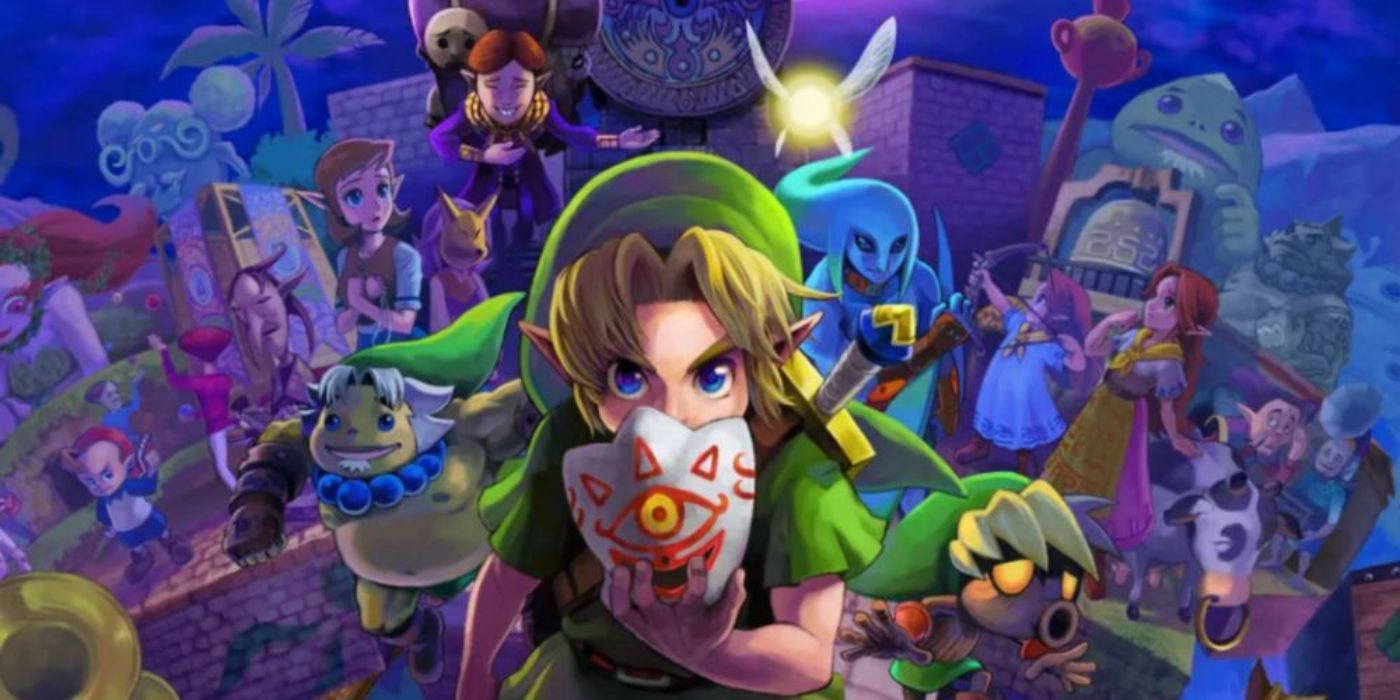
For lots of fans, Majora’s Mask is the best Zelda game. That’s because of its intimate relationship with time. The entire game world is on a timer, and events happen based on what time it is. This could be stressful, if not for the fact that The Legend of Zelda hero Link can manipulate time to make it easier.
The aforementioned time activities occur within a three-day time loop. Link can manipulate this loop by playing the Ocarina of Time. It allows him to speed up, slow down, freeze, and restart the time loop. Using this extraordinary ability feels great, as it lets the player take control of a usually inevitable system in time.
The Legend of Zelda: Ocarina of Time (1998) – 99
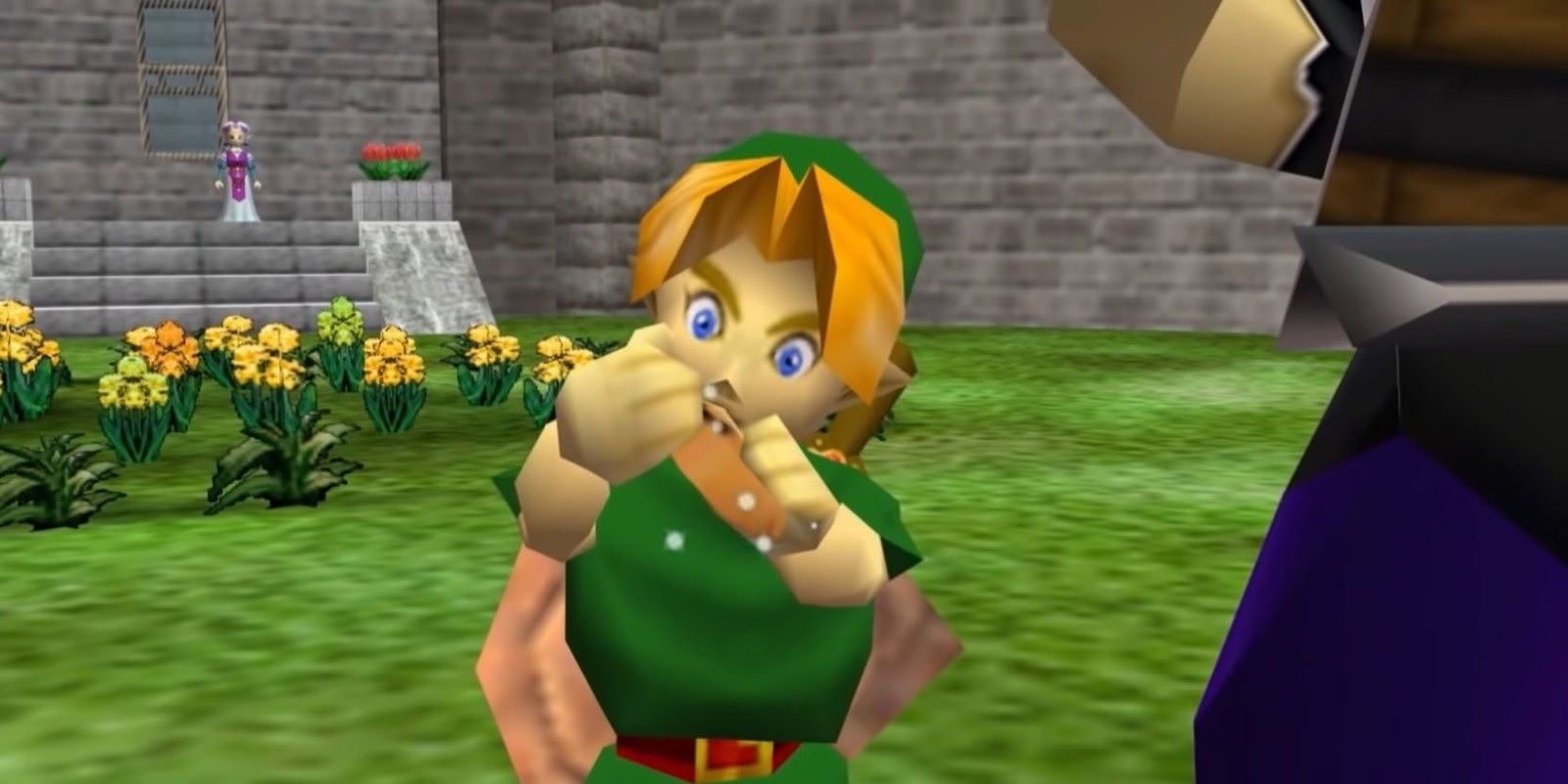
Of course, Majora’s Mask wasn’t the first Zelda game to feature time manipulation. Ocarina of Time often called the best game of its time, allowed the manipulation of time as well. However, this isn’t done through the titular instrument, but through the Temple of Time area in Hyrule Castle Town. By sheathing and unsheathing the Master Sword, Link can travel between past and future.
The midpoint of the game throws out a big twist in the form of the seven-year time skip; Link is no longer a child, but now an adult adventurer. This is shocking, but Link can travel back in time easily enough, and the end of the game restores his lost youth to him. However, there are still many things to do when time traveling, like unlocking the Spirit and Shadow temples. Ocarina‘s clever use of time earned it the praise it has received for decades.
